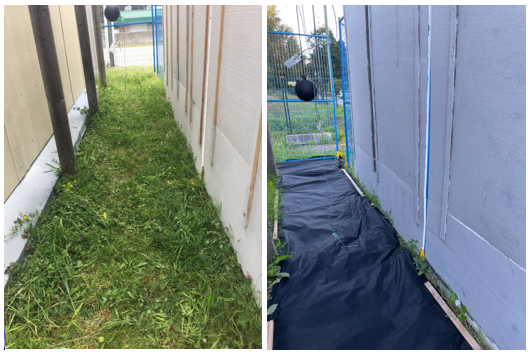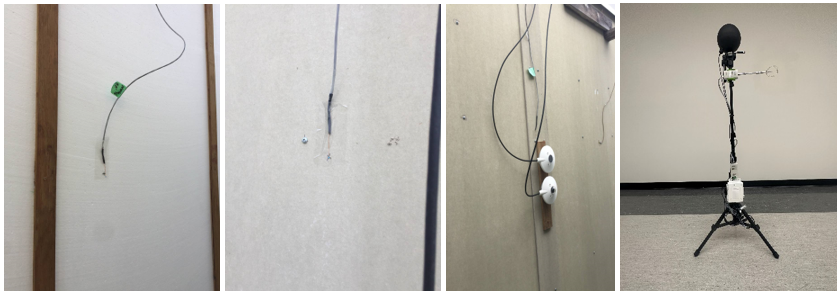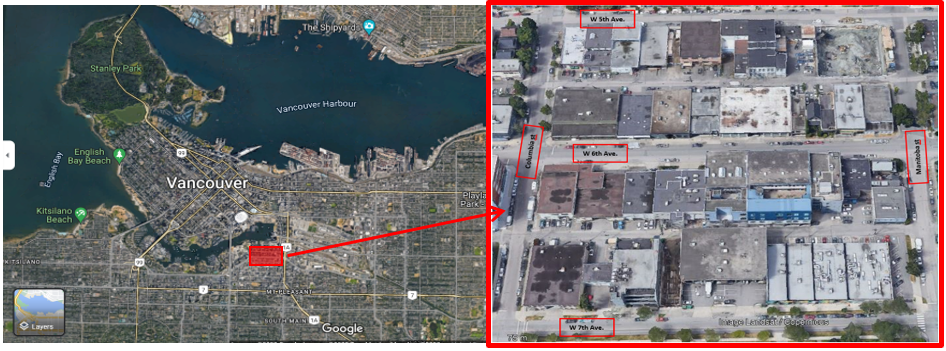The combination of urban densification to accommodate population growth and global warming due to climate change creates urban heat islands (UHIs) where the urban canopy air temperature is higher than surrounding rural areas. The nearby building morphologies and landscape covers create microclimates affecting building energy use and pedestrian and occupant thermal comfort. Through field studies and controlled experimental studies as well as computation research using CFD, the BSCE is working towards capturing the UHI effects and developing a microclimate model that is capable of characterizing urban climate including local temperature, short- and long-wave radiation exchanges, and airflows in neighborhoods.
Experimental Studies
In order to investigate and understand the complex interactions between urban environments and the surrounding atmosphere, insight into the dynamics contributing to the UHI phenomenon are collected from data on air temperature as well as reflected and absorbed solar radiation. This data is gathered through meteorological stations and field measurements. The examination of the collected data with the thermal characteristics of various surfaces such as roads, buildings, and green spaces is instrumental in evaluating the diverse ways in which surface materials influence the processes of heat absorption, retention, and dissipation.
Numerical Studies
The BSCE employs CFD models to simulate and predict the microclimate of an urban building or area under various scenarios to enhance the understanding of the dynamic processes influencing the UHI effect and allow the development of empirical relationships. These models help explore the effectiveness of different mitigation strategies and urban planning approaches such as the implementation of green spaces, cool roofs, or changes in building density. These strategic investigations aid in the identification of optimal solutions for mitigating urban heat, contributing valuable insights to the development of sustainable and resilient urban environments.










